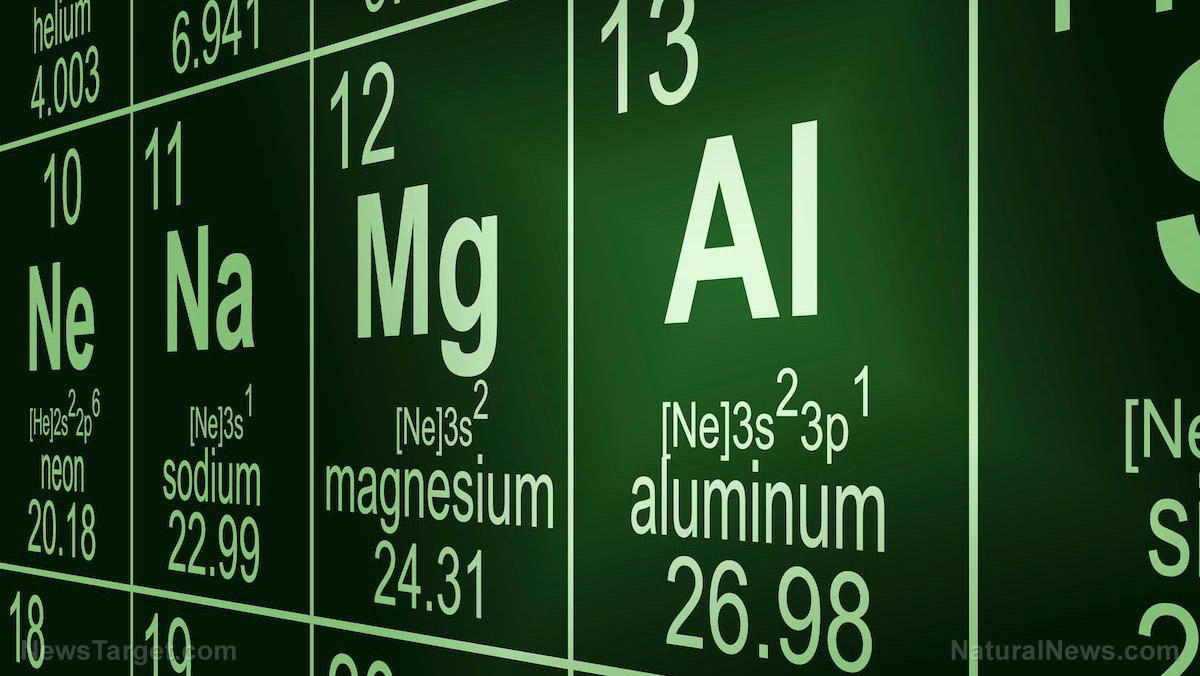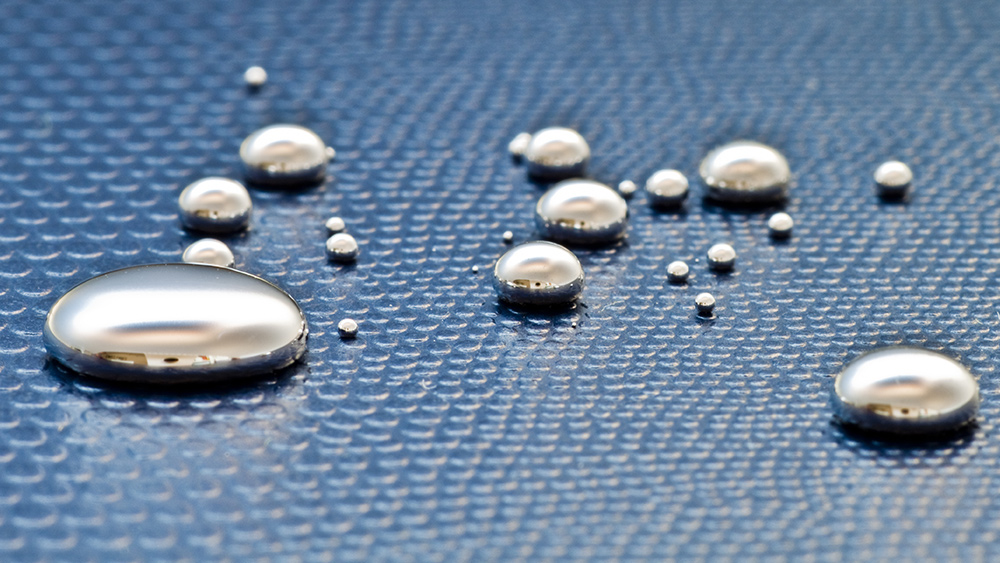Do you have black stains on your teeth? Your drinking water may have a high iron content
05/20/2019 / By Michelle Simmons

Did you know that drinking water that contains too much iron can cause black stains on teeth? A study published in the journal Scientific Reports revealed that the high iron content and high pH level of consumed water and saliva are the reasons behind the appearance of black stains on gum-adjacent dental plaque.
In the study, researchers of the Oral Microbiology Group of the CEU Cardenal Herrera University in Valencia, Spain looked at 94 patients from 10 dental clinics in the provinces of Valencia and Castellon in Spain. Of these participants, more than half already had extrinsic black pigmentation on their dental enamel.
Through surveys, the researchers evaluated the participants’ oral hygiene habits, such as the type of toothbrush they use and their brushing frequency, as well as their eating habits, such as snacking between meals, water consumption, smoking, and consuming caffeinated drinks.
The researchers also analyzed the participants’ general oral health status based on the number of teeth the participants had with caries, missing teeth, and sealed teeth, as well as the presence or lack of periodontitis and bleeding gums. They also conducted chemical analyses on all the dental plaque and saliva samples taken from the patients, as well as on the water they regularly consumed, including tap water, osmosed water, and bottled water.
Based on the results, three risk factors stood out as statistically significant regarding the appearance of black stains on dental plaque. These included regular consumption of water with high levels of iron or water with a high pH, and having saliva with high pH. In addition, snacking between meals can reduce the appearance of black stains, because it helps lessen the pH level of saliva.
The results of the study also revealed that drinking tap or osmosed water compared to bottled water can increase the chance of black pigmentation by three times. This explains why people with black stains on their teeth are often advised to drink mineral water instead of tap or osmosed water.
More reasons to avoid drinking tap and choose mineral water instead
The water in household taps comes from surface or underground sources, which are often contaminated. Tap water can also be contaminated from rusted or leaking pipes. Because of this, tap water is treated with chemicals, which makes it more dangerous to health. Two of the most prominent chemicals found in tap water are chlorine and fluoride.
Chlorine is added to drinking water to kill dangerous organisms that can cause severe illness. However, its benefit is outweighed by the harm it brings. The byproducts that result from the chlorination of water don’t break down easily and often accumulate in the body faster than the body’s detoxification system can handle. These byproducts, such as trihalomethanes, are linked to cancer; are known to damage the heart, lungs, kidneys, and nervous system; and kill the good bacteria in the gut that are important for immunity and digestion.
While fluoride prevents tooth decay, it has been linked to cancer and osteoporosis, and can harm the heart, brain, and kidneys. Drinking water that contains fluoride has also been shown to cause arthritis, behavioral disorders, birth defects, excessive calcification of arteries and joints, and hormone imbalance. (Related: BREAKING: EPA Watch water testing initiative now opened up to the general public: Send us your water samples and we’ll test for lead to protect America.)
There are also some concerns about drinking bottled water. Plastic bottles may leach chemicals into the water, especially when it has been exposed to heat. The massive production of plastic bottles has also raised environmental concerns. It is still best to drink filtered water as often as possible. Get your water tested to know what’s in it.
Sources include:
Tagged Under: Bottled Water, clean water, dental black plaque, dental care, drinking water, gingivitis, iron, mineral water, minerals, oral care, oral health, osmosed water, plaque, research, tap water, teeth, toxic water, water, water filters
RECENT NEWS & ARTICLES
COPYRIGHT © 2017 HEAVY METALS NEWS



















